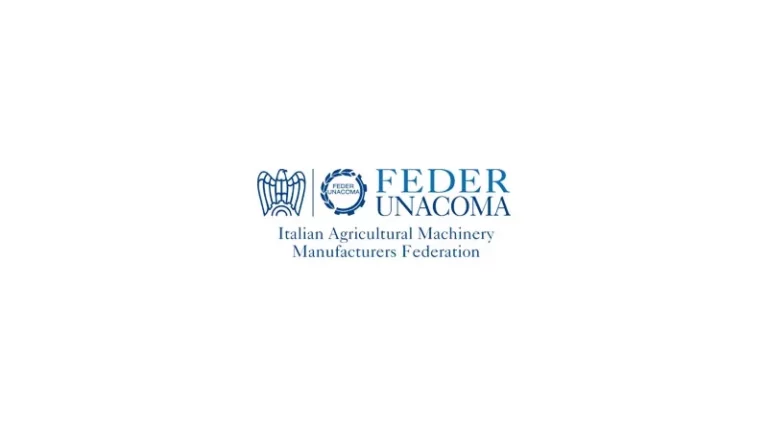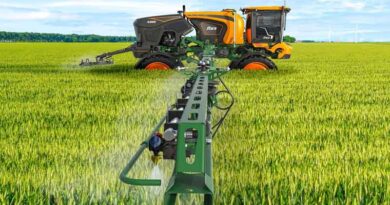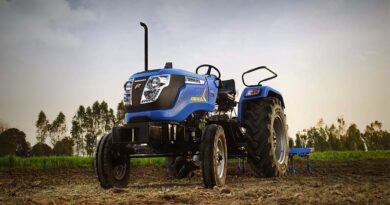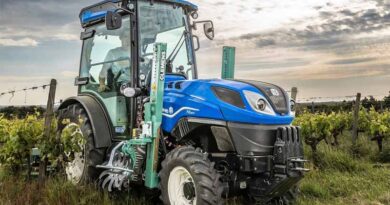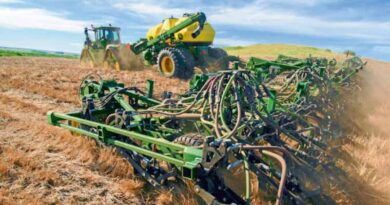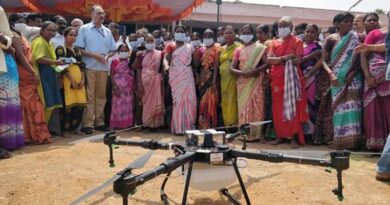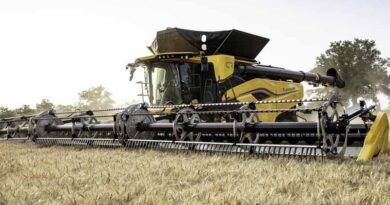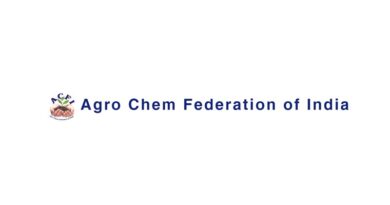Mechanisation in India, the strategic role of training
The Indian primary sector is undergoing a transition to high-tech cultivation techniques, which has increased the demand for innovative machinery. In order to make full use of its features, specific training courses are needed, also for family businesses and women farmers.
04 March 2024, New Delhi: The Indian agricultural machinery and equipment market, which exceeded the 13.5 billion euro mark in 2023, will continue to grow at a strong pace in the coming years. According to a study carried out by the ICE Agency, in 2032 the sector is expected to reach a total value of 29 billion dollars, with an annual growth rate of just under 9% and with demand tending to favour the most advanced vehicles. From precision farming to robotics to the “Internet of Things”, the agricultural economy of the subcontinent is undergoing a profound transformation towards more productive, profitable and sustainable farming methods. However, the use of state-of-the-art machinery requires the acquisition of specific knowledge, even in areas traditionally very far from agriculture, such as electronics and information technology.
The topic was discussed on the second day of EIMA Agrimach, at the conference entitled “Training for the agriculture of the future”, which was attended by S. V. Suresha, Vice Chancellor of the University of Agricultural Sciences GKVK; Rajendra Jog, Director of the Syngenta India Foundation; Baldev Singh, General Manager of Amar Agricultural Implement Works; BM Nandele, Director of the Southern Region Farm Machinery Training and Testing Institute; Ramkumar P, Vice-President Agriculture at Garuda Aerospace; B. A. Anand, Coordinator at FMTC UAS Bangalore and Sandeep Niar, Area Manager at Tirth Agro Technology Pvt. The transition to more innovative cultivation techniques – it was stressed during the conference – requires farmers to be properly trained in the use of new technologies, through specific programs, based on the training needs of each operator. These initiatives must be inclusive, as well as targeted, and must therefore be aimed not only at large and medium-sized farms, but also at small farmers and women working in primary farming. This requires close cooperation between public authorities, universities, research centres and the business world, aimed precisely at disseminating knowledge and overcoming the skills gap created by the latest technologies.
(For Latest Agriculture News & Updates, follow Krishak Jagat on Google News)

